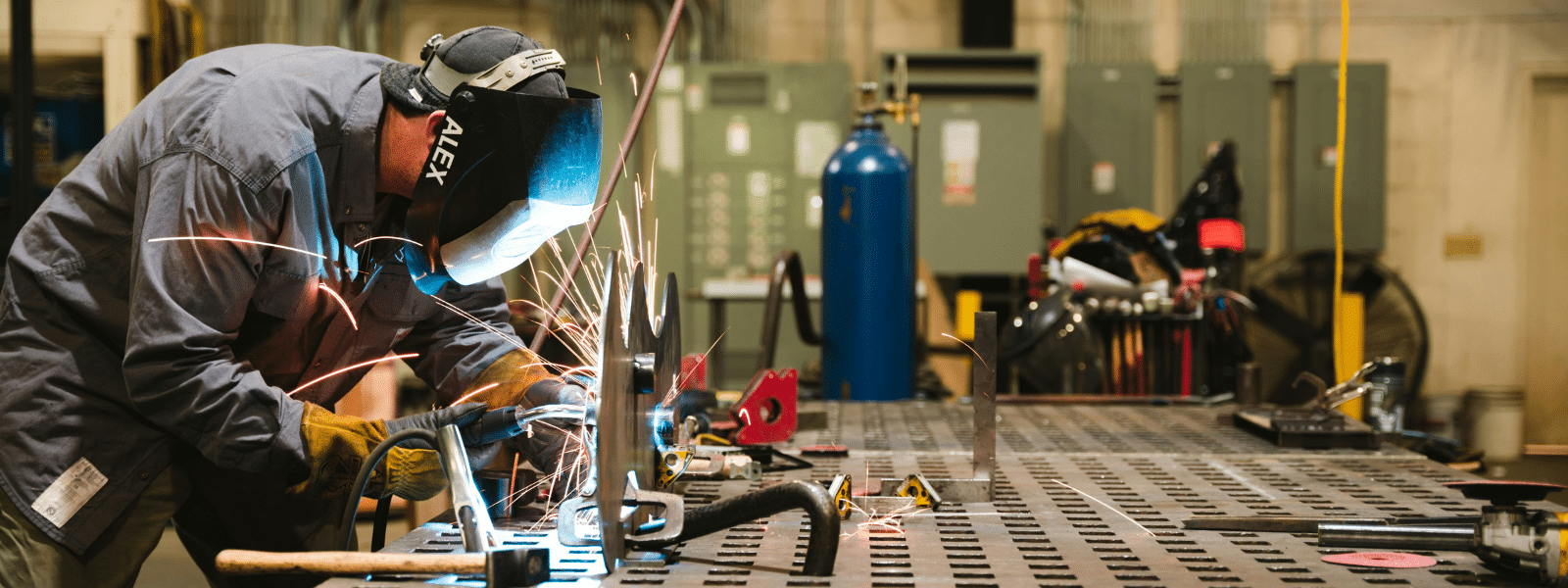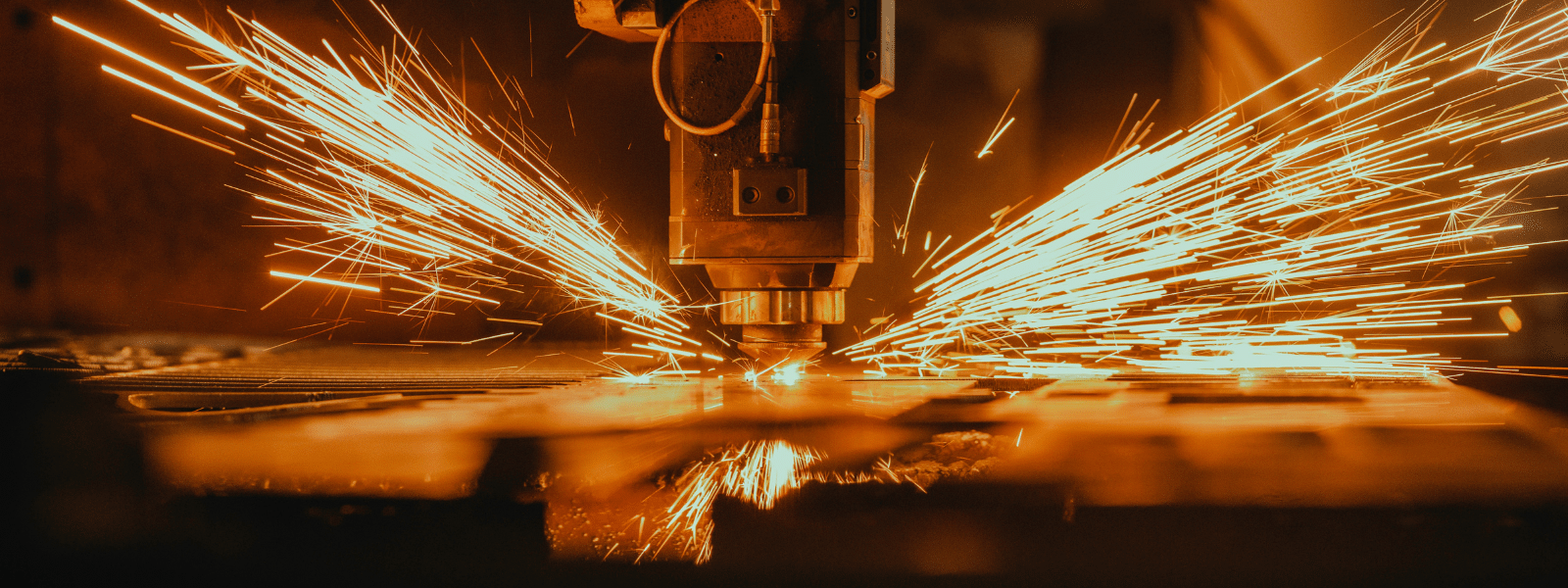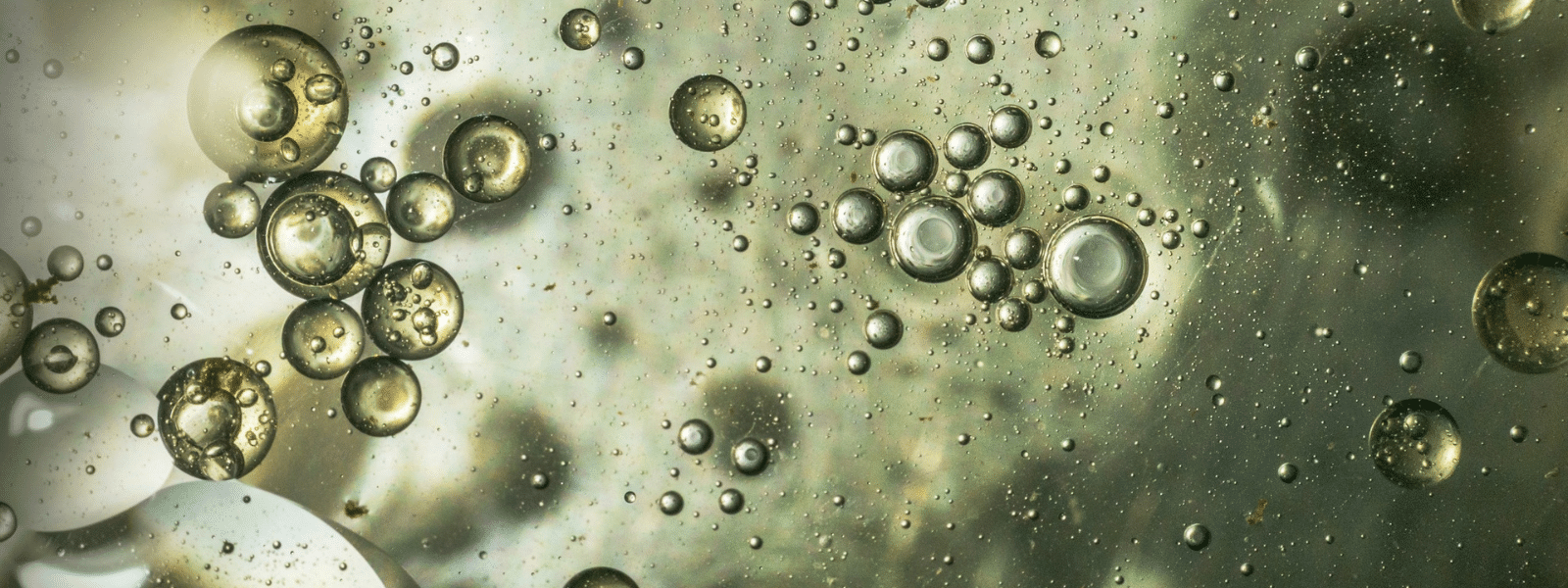Cleanrooms are spaces that are kept clean to an infinitesimal degree. More than just well-organized and spotless to the naked eye, they require a level of cleanliness measured “by the number of particles per cubic meter at a specified particle size,” as Wikipedia explains.
In other words, when there’s a smudge on a counter space in a cleanroom, you have to be concerned about ambient particles emitted from the solvent you use to clean the smudge, as well as ambient particles that may be released by the solvent applicator. Cleanroom parts cleaning must pass more than the eye test; it must pass scientific muster, as well.
Solvents for Cleanroom Parts Cleaning
So far, we’ve talked about the cleanliness of cleanrooms and not the cleanliness of parts that are cleaned in the pristine spaces. This is because the cleanness of the parts — more specifically, how the parts are cleaned — is inseparable from the cleanness of the room. With this in mind, below are three basic tips for choosing solvents for cleanroom parts cleaning.
- Choose a Non-Particulate Solvent
Depending on what the room is used for, particulate matter that’s invisible to the naked eye could compromise the operation. Particulates can settle on surfaces and risk being whisked into the air by objects that contact the surface. This is what a cleanroom is designed to avoid. All particulate matter is undesirable, so a solvent that deposits particulates is of the question.
- Select a Fast-Evaporating Solvent
A solvent for cleanroom parts cleaning should ideally evaporate within a few seconds at most. It should definitely evaporate before it can contact any surface besides the parts that are cleaned. If solvent particles land on surfaces, they can trap airborne particulate matter that the air filtration system hasn’t yet removed. When objects contact the surface where the particles are mired in the dry solvent, they can be whisked into the air.
- Choose a Non-Residue Solvent
A solvent that leaves residue has two undesirable effects for cleaning parts in cleanrooms: it leaves residue on the parts that causes them to attract particulates (i.e., soils), and it does the same thing to any surface it contacts in the room.
The parts may stay lodged in the residue instead of becoming airborne, but this isn’t a good thing. It may mean that the residue must be cleaned more vigorously than normal, which could potentially generate airborne particulate matter.
Need Assistance With Selection?
It’s hard to choose a cleanroom parts cleaning solvent without specifying what type(s) of soil you need to remove from parts, as well as what type of cleanroom environment you maintain (pharmaceutical, engineering, chemical, etc.) This is why the solvent selection tips above are fairly general instead of highly specific.
For help selecting a stock or custom formulated solvent for cleaning certain soils from specific parts in a particular type of cleanroom, please call Ecolink today at 1-800-563-1305, or use our contact form. We look forward to helping you keep your cleanroom pristine!















